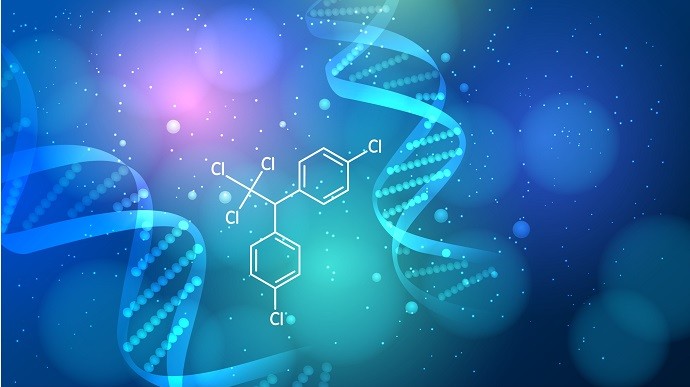Along with Italian colleagues, Prof Robert Millar published a paper in the journal Neuroendocrinology about the differences between men and women in terms of COVID-19 outcomes, focusing on the role that sex hormones play on the severity and outcome of the infection and the complex interplay of sex with the ACE2 and TMPRSS2 enzymes, and inflammatory and immune systems.
Angiotensin-converting enzyme 2 (ACE2) is attached to the membranes of cells in the lungs, arteries, heart, kidneys and intestines; transmembrane protease serine 2 (TMPRSS2) is an enzyme that is encoded in humans by the TMPRSS2 gene, and plays a crucial role when the virus enters the cells. Prof Millar expands on this further.
There are substantial sexual disparities between the outcome of COVID-19 disease in men and women. Numerous studies have confirmed that while there is no difference in the proportion of males and females with confirmed COVID-19, male patients have almost three times the odds of requiring admission for intensive treatment and higher odds of death compared to females. These are global figures, but even in Africa, where data is sparser, there are almost twice as many COVID-19 deaths in men compared to women.
It involves the immune system, which has several players, as well as the inflammatory system. There are two bottom lines: the way the virus gets into cells, and the way it promotes itself to produce a viral load through two molecules. One of these molecules is ACE2, a protein that the virus uses to get into cells. The spike proteins on the virus have an amino acid sequence that interacts through cognate amino acid sequences, mediating attachment to ACE2. The attachment of the virus through its spike protein needs a protease (TMPRSS2) to cleave the spike protein; together, they facilitate the entry of the virus into cells where they direct the cell machinery to make more of the virus. There is also evidence that TMPRSS2 cleaves the amino terminus of ACE2 in the interaction for viral entry. It appears that both are needed.
The expression of these two critical proteins differs in men and women. The ACE2 is expressed in high levels in the lungs, blood vessels and gastrointestinal tract of men. But in women, ACE2 is expressed predominantly in the pancreas and adipose tissue. Therefore, in men, ACE2 is expressed in tissue, which allows the entry of the virus into the respiratory system. Together with the suppressive effects of androgen on the immune system and the complex interplay of inflammatory and immune proteins, this puts men at greater risk of morbidity and mortality.
Importantly, androgen binds androgen receptors in viral entry cells, which then bond to androgen-response elements in the ACE2 and TMPRSS2 genes to increase protein expression. Oestrogen appears to do the opposite, thus protecting women from high levels of viral entry.
The outcomes are far worse in older people than in younger people. However, the sexual difference between men and women remains the same, even in older people. The death rate is a good end point as a measure. Whether it is a younger group or an older group, the death rate for men from COVID-19 is generally twice as high as for women, even in the older group. Of course, there are exceptions: postmenopausal women have worse outcomes, but those on oestrogen-replacement appear to have better outcomes.
We concluded: why not give oestrogen patches to men as an acute treatment (short term)? The other approach would be to take away androgen by using androgen antagonists or inhibitors that stop the production of testosterone. Interestingly, there is already evidence that men on anti-androgen treatment – for prostate cancer, for example – have lower morbidity and mortality. Since treatment with oestrogen or androgen antagonists would use well-known drugs that have already been approved for other purposes, trials of this nature would be straight forward to do as acute studies.
Click on the infographic in the sidebar to see why women tend to have stronger outcomes in the fight against COVID-19.
Prof Robert Millar
April 29, 2021

 Story
Story
In a study that signals potential reproductive and health complications in humans, now and for future generations, researchers at the University of Pretoria and Canada’s McGill University and Université Laval have concluded that toxins in the environment, notably DDT, modify the sperm epigenome at sites potentially transmitted to the embryo at conception.
 Story
Story
This edition explores the theme of ‘Just Transitions’ which is generally characterised by ideas of sustainability and the greening of the economy, and supported by the ideas of resistance, rethinking and restructuring society for a better and more equitable future. As one of the most impactful producers of research in South Africa, UP has several specialised research teams that are on the...
 Story
Story
New research arising from a collaboration between scientists at the University of Pretoria (UP) and Trinity College Dublin has shown there are likely more warm-bodied sharks out there than previously thought.
Copyright © University of Pretoria 2024. All rights reserved.
Get Social With Us
Download the UP Mobile App